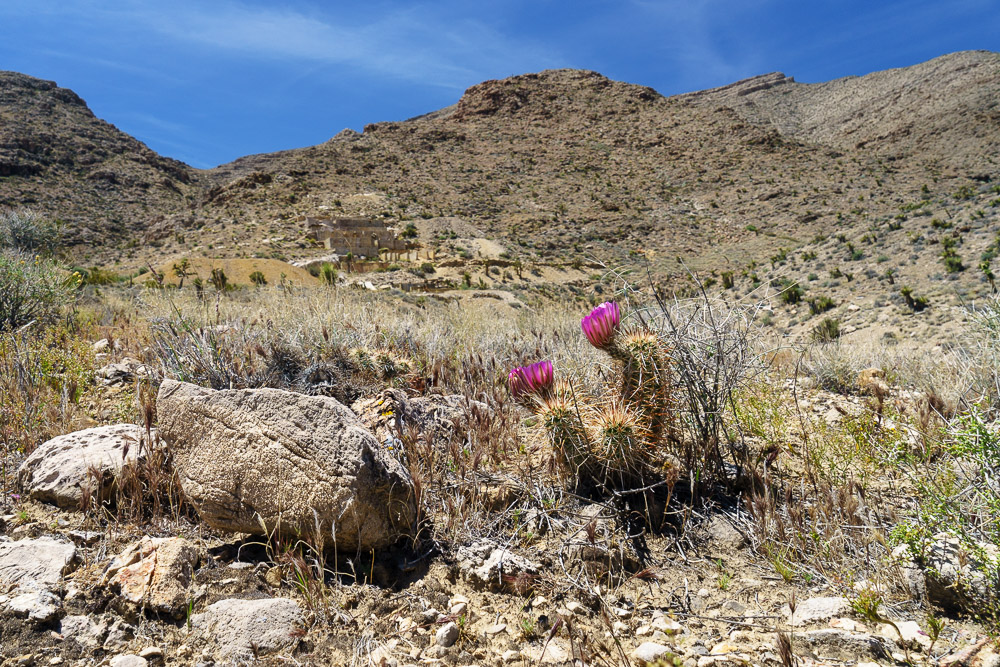
I’ve always recommended to my students and new photographers to stop the chimping. Recently, I put myself in a situation making me rethink my stance on chimping…somewhat.
For those of you unfamiliar with the term, “chimping” is the act of looking at the camera’s LCD screen after every image for a little shot of gratification. It refers to chimpanzees gathering around to look at a new discovery.
I assume chimping provides your brain with a little shot of dopamine, the chemical you get as a reward. And while it may give you a good feeling, chimping is also a distraction. For just a few seconds after making every image, you are not paying attention to what’s going on.
Best case scenario, nothing bad happens. More often than not, you miss an even better photo. Worst case, you accidentally put yourself in harm’s way.
In order to discourage myself from chimping, I program all of my cameras so images are not displayed on the LCD screen after each shot. It makes chimping a conscious decision rather than an unconscious one.
My typical workflow when on assignment is to shoot the entire day without reviewing my photos. At the end of the job or day, whichever comes first, I download my images into my computer for review.
This comes from a certain amount of confidence in knowing my equipment and forty years of experience shooting. It may also be carry over from the film days when I didn’t get to see my photos for hours and sometimes days after being shot.
Last week, I spent six days out west photographing the Grand Canyon, Zion National Park, and Mojave Desert. In order to keep weight down, I opted to leave my editing laptop behind, figuring I would review and edit images when I got home.
My “no chimping” rule failed me while doing a landscape of an old, abandoned platinum processing plant in the Mojave Desert using a cactus in full bloom as my foreground anchor. I had a vision of what I wanted the final photo to look like, composed my image, made the shots, and moved on.
When I got back home, some 1600 miles away, and downloaded my images I discovered my mistake. The platinum processing plant was too small in the background and for the most part unrecognizable.
I should have switched to a long lens and moved further back from the cactus. Using a longer lens would have increased the size of the platinum processing plant in the image, compressed the distance between the plant and cactus, while keeping the size of the cactus the same. Had I chimped, or at least reviewed my photos prior to leaving the area, I would have caught my mistake.
Based on this experience, do I now recommend chimping? No, not at all. However, I do recommend taking a couple of minutes while still on-site and reviewing your images on the camera’s LCD screen at a minimum. If you have a laptop or tablet and able to easily download your images, do it. When it comes to catching mistakes, the bigger the image the better.
What’s your opinion on chimping? Do you find it beneficial or a distraction? Leave a comment below and share your opinion.
